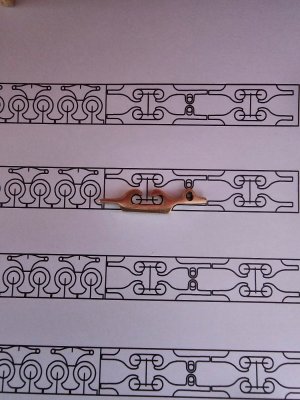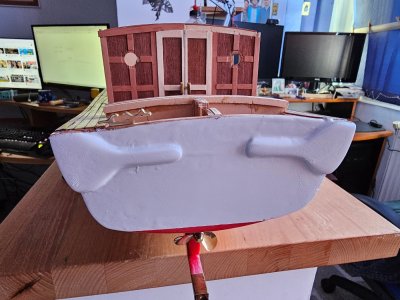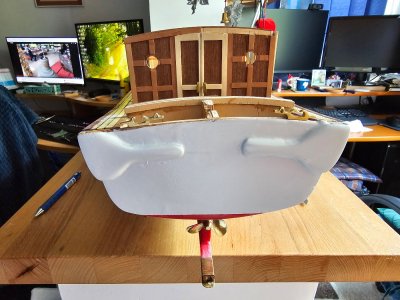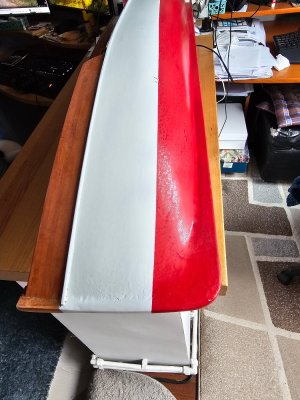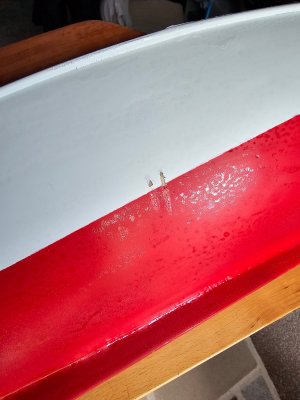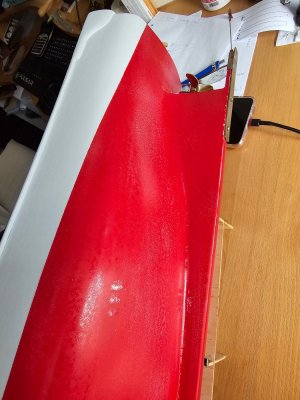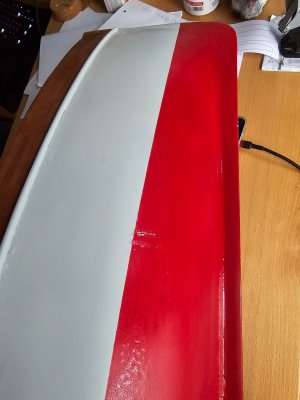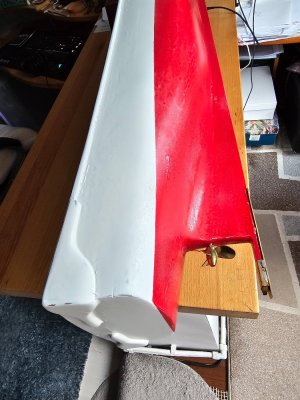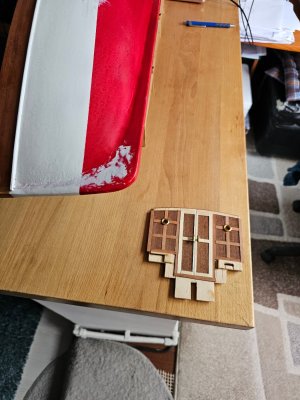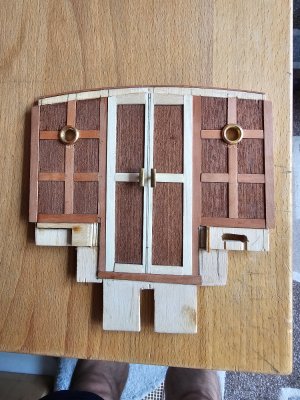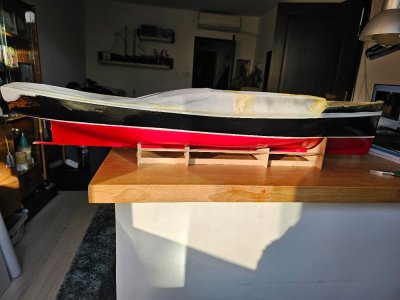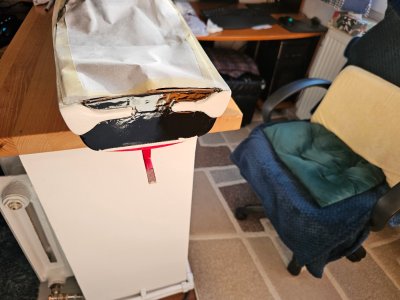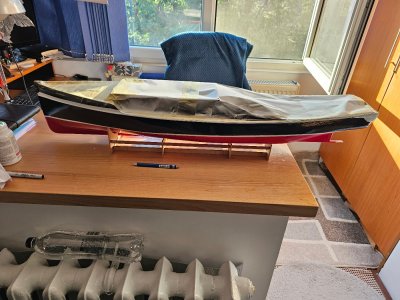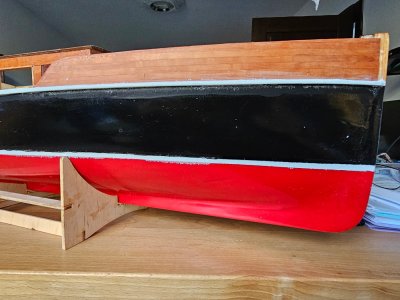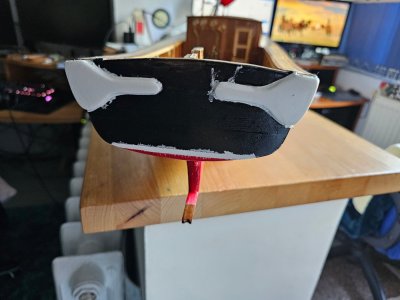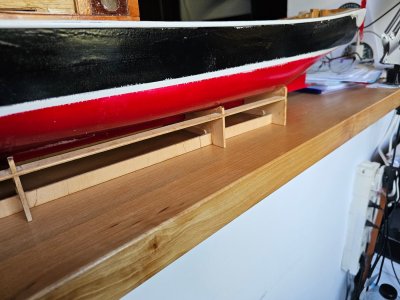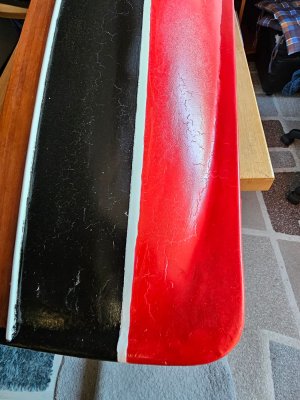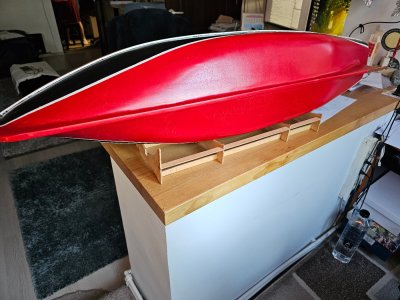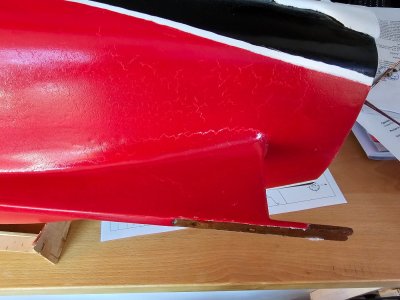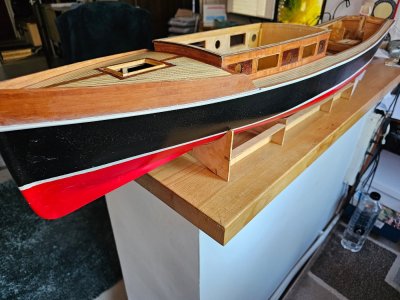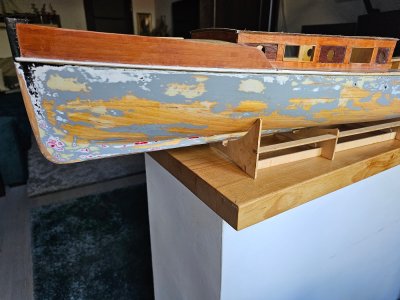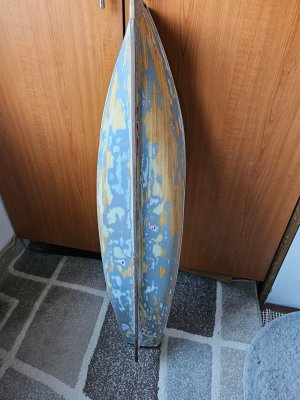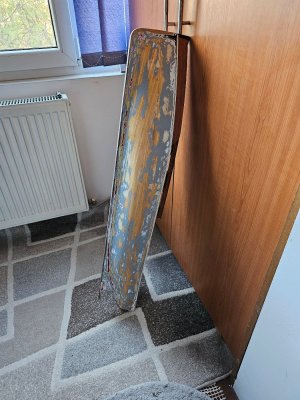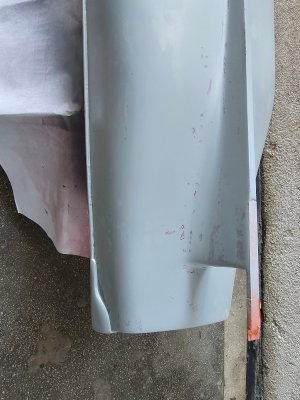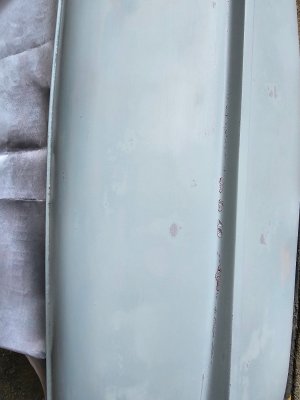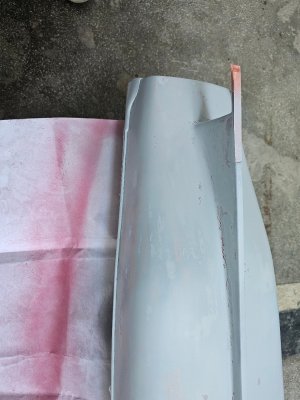- Joined
- Apr 10, 2020
- Messages
- 654
- Points
- 353

Hello All
After a week of clogged nose I starter again the work at my model
Last week I was fighting with 3 mm brass sheet for some details and only with filing was going very slow
This week I got a little smarter and bought a jeweler saw a bench pin and some jeweler metal saws .
Started a new bench pin with larger size and first piece is good to polish
Work great .
Daniel
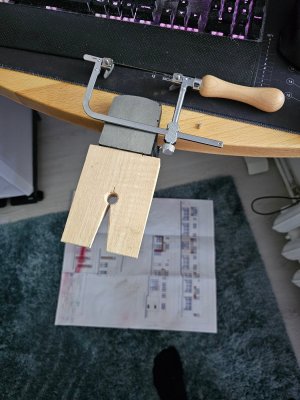
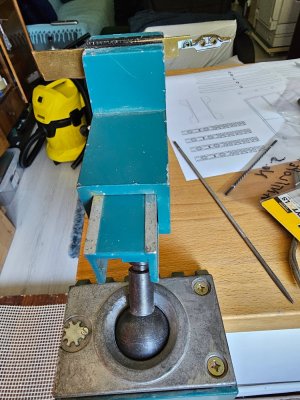
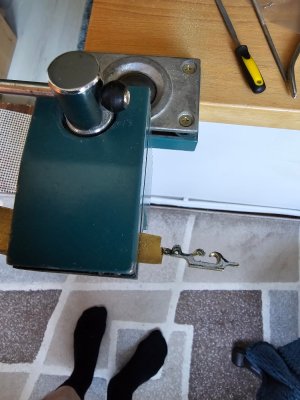
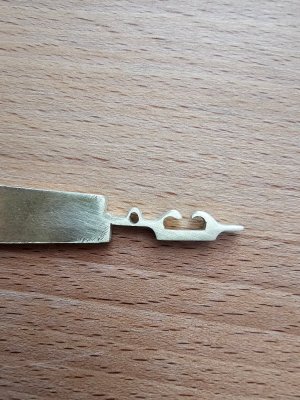
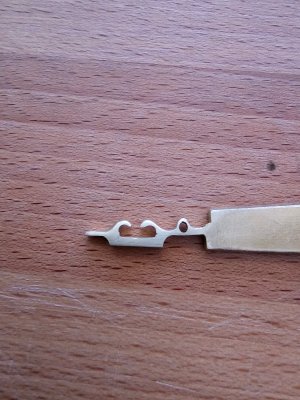
After a week of clogged nose I starter again the work at my model
Last week I was fighting with 3 mm brass sheet for some details and only with filing was going very slow
This week I got a little smarter and bought a jeweler saw a bench pin and some jeweler metal saws .
Started a new bench pin with larger size and first piece is good to polish
Work great .
Daniel







